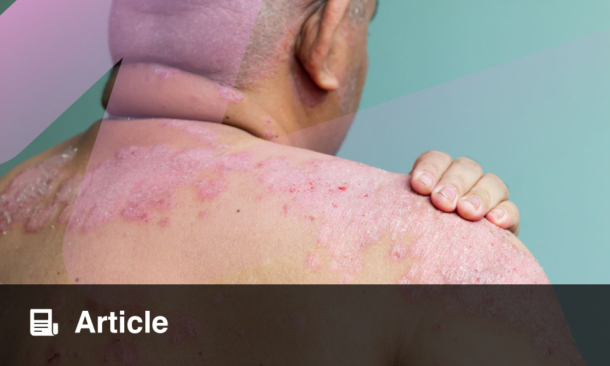BACKGROUND
Blueberry muffin baby (BMB) is a rare neonatal syndrome characterised by the presence of multiple purpuric skin nodules.1 It can be due to dermal erythropoiesis and neoplastic diseases.2 Ganglioneuroblastoma is a tumour of peripheral neuroblastic tissue that occurs predominantly in the paediatric age group, but it is rare in the newborn period.3 One of the clinical manifestations of ganglioneuroblastoma is a BMB.4 Herein, the authors report the case of a newborn presenting with blueberry muffin syndrome that led to the diagnosis of a ganglioneuroblastoma.
CASE STUDY
A full-term male newborn, following a vaginal delivery, presented, within a few hours of life, with bluish skin nodules all over his body. The birth weight was 3.9 kg and the Apgar scores were 9 at 1 and 5 minutes. Respiratory and cardiovascular functions were normal. The physical examination revealed multiple, randomly distributed bluish cutaneous nodules of 0.5–1.0 cm, predominantly on the abdomen, back, and lower limbs. The differential diagnosis between cause of BMB was made. Laboratory tests only revealed a slight anaemia, without coagulation or platelets disorders. The abdominal ultrasound revealed multiple solid nodules in the fat of the perihepatic, hepatorenal, and splenorenal space compatible with peritoneal lesions. A biopsy specimen of a skin nodule on the leg revealed ganglion cells in a papillaroid pattern, with fibrillary stroma and ganglion cells intermixed with neuroblast. Synaptophysin staining was positive. The least differentiated tumour cells showed salt and pepper blast chromatin nuclei and scant cytoplasm. The urinalysis showed elevated urine catecholamines and metanephrines, and elevated homovanillic acid/creatinine and vanillylmandelic acid/creatinine ratios. The chest CT scan revealed several focal lesions with pleural implantation and pulmonary micronodules. Gammagraphic study with 123 L metaiodobenzylguanidine showed multiple foci of uptake distributed throughout the axial skeleton, and multiple foci of uptake in the liver, lower, and upper limbs, suggestive of metastatic subcutaneous involvement. Considering the clinical manifestations and the additional findings, the newborn was diagnosed with metastatic ganglioneuroblastoma.
CONCLUSION
In conclusion, the presence of purpuric skin nodules in a newborn can be the only clinical manifestation of a ganglioneuroblastoma.5 It is important to take a skin biopsy from these lesions. A multidisciplinary approach of the BMB can lead to early diagnosis and effective treatment of these patients.







